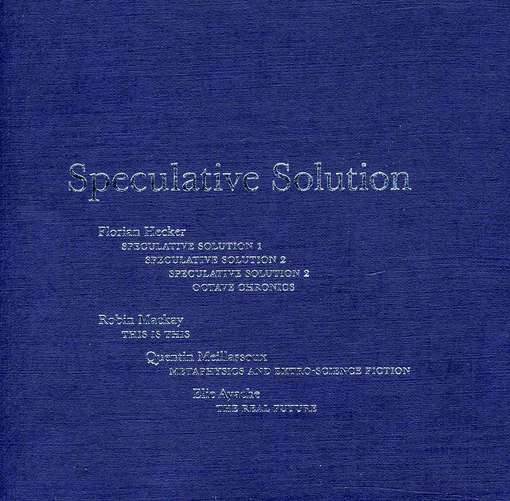Mary Hallock Greenewalt: Light: Fine Art the Sixth (1918)
Filed under booklet | Tags: · art, colour, light, synaesthesia, visual music

Greenewalt playing on her colour organ, the Sarabet, in 1925. (via CVM)
Between 1918 and 1926, the Beirut-born and Philadelphia-based visual music pioneer Mary Hallock Greenewalt (1871–1951) delivered a number of lectures to the Illuminating Engineering Society of Philadelphia. In them she outlined her project of the development of a colour organ. In an address of April 19, 1918, titled “Light: Fine Art the Sixth,” Greenewalt cited innovations in painting by the artist Corot which encouraged her to investigate light and colour as a means of enriching musical expression. Greenewalt also referenced reports of synaesthetes, people who experience cross-sensory perceptions such as those who see letters or numbers in different colors.
26 pages
A brief outline of all four lectures
Greenewalt’s biography from the Historical Society of Pennsylvania
View online (Archive.org)
Other formats (Archive.org)
Florian Hecker: Speculative Solution (2011/2012) [EN, FR, JP, FLAC]
Filed under booklet, sound recording | Tags: · contingency, music, philosophy, psychoacoustics, sound recording, synaesthesia

Speculative Solution is a CD and book with contributions by Florian Hecker, Elie Ayache, Robin Mackay and Quentin Meillassoux. Originally commissioned by Urbanomic and developed over the year 2010, this collaborative project brings together Hecker’s sonic practice and psychoacoustic experimentation with philosopher Quentin Meillassoux’s concept of ‘hyperchaos’ – the absolute contingency of the laws of nature.
In an apparent departure from Hecker’s previous release Acid in the Style of David Tudor (eMEGO 094, 2009), the four titles featured in Speculative Solution contain a series of micro-chronics and sequences of auditory contingencies, ranging from extreme stasis to the most dynamic intensities, crisp dramatisations of what Meillassoux calls in his text ‘extro-science worlds’.
As Mackay states in his contribution to the book, Hecker’s composition “participates in a circuit in which it, the accompanying texts, and diverse other objects, enter into a perpetual catalysis that must annihilate all priority, representation, reference, and even entity.’. Both ‘scripture and prescription’, Speculative Solution invites its users to integrate its sonic and textual components, as they enter into an accelerative cycle, becoming “truly ‘literalist’ marks which have no reason to be as they are, and which could have been – and still could be, at every moment – otherwise”. With Speculative Solution Hecker proposes that the concepts of absolute contingency and hyperchaos offer a rigorous new alternative to the employment of chance and randomness in avant-garde composition.
Japanese version was produced on the occasion of the exhibition Tokyo Art Meeting (III) Art & Music – Search for New Synethesia, October 2012 – February 2013, Museum of Contemporary Art Tokyo.
English/French edition
Publisher Mute Song, 2011
Editions Mego 118 / Urbanomic UF13
Edited by Robin Mackay
159 pages
Japanese edition: Speculative Solution and 3 Channel Chronics
Translated by Natsuko Jimbo
ISBN 9780956775030
81 pages
review (Brainwashed)
review (Ian Latta, TinyMixTapes)
review (Adam Strohm, Dusted)
publisher (EN)
publisher (JP)
exhibition in Tokyo (EN)
Download (English/French, removed on 2013-2-7 upon request of the publisher)
PDF (Japanese, no OCR)
Download (full album in FLAC, removed on 2013-2-7 upon request of the publisher)
related: Florian Hecker: Chimerization (2012)
Luciano Chessa: Luigi Russolo, Futurist: Noise, Visual Arts, and the Occult (2012)
Filed under book | Tags: · art, art history, biography, futurism, noise, occultism, synaesthesia

“Luigi Russolo (1885–1947)—painter, composer, builder of musical instruments, and first-hour member of the Italian Futurist movement—was a crucial figure in the evolution of twentieth-century aesthetics. As creator of the first systematic poetics of noise and inventor of what has been considered the first mechanical sound synthesizer, Russolo looms large in the development of twentieth-century music. In the first English language study of Russolo, Luciano Chessa emphasizes the futurist’s interest in the occult, showing it to be a leitmotif for his life and a foundation for his art of noises. Chessa shows that Russolo’s aesthetics of noise, and the machines he called the intonarumori, were intended to boost practitioners into higher states of spiritual consciousness. His analysis reveals a multifaceted man in whom the drive to keep up with the latest scientific trends coexisted with an embrace of the irrational, and a critique of materialism and positivism.”
Publisher University of California Press, 2012
An Ahmanson Foundation Book in the Humanities
ISBN 0520270630, 9780520270633
284 pages
PDF
EPUB
See also Luigi Russolo’s The Art of Noises (1987)

